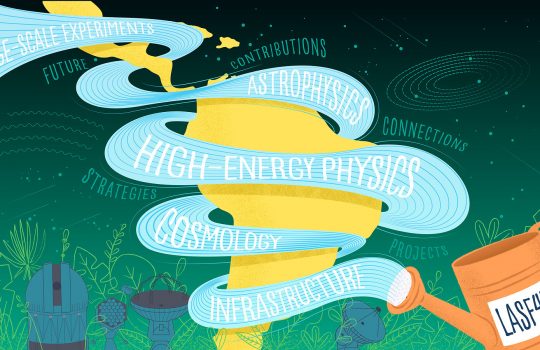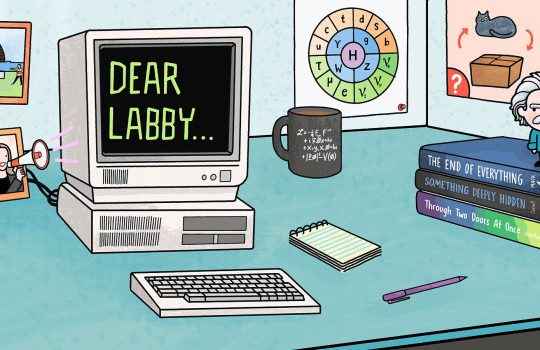National labs band together to build prototype magnet for future and existing light sources
From Berkeley Lab, Feb. 17, 2021: Fermilab is part of a team of national labs that designed, built and fully tested a prototype magnet for today’s and tomorrow’s light sources. These light sources let scientists see things once thought impossible. They can use these visions to create more durable materials, build more efficient batteries and computers, and learn more about the natural world.


